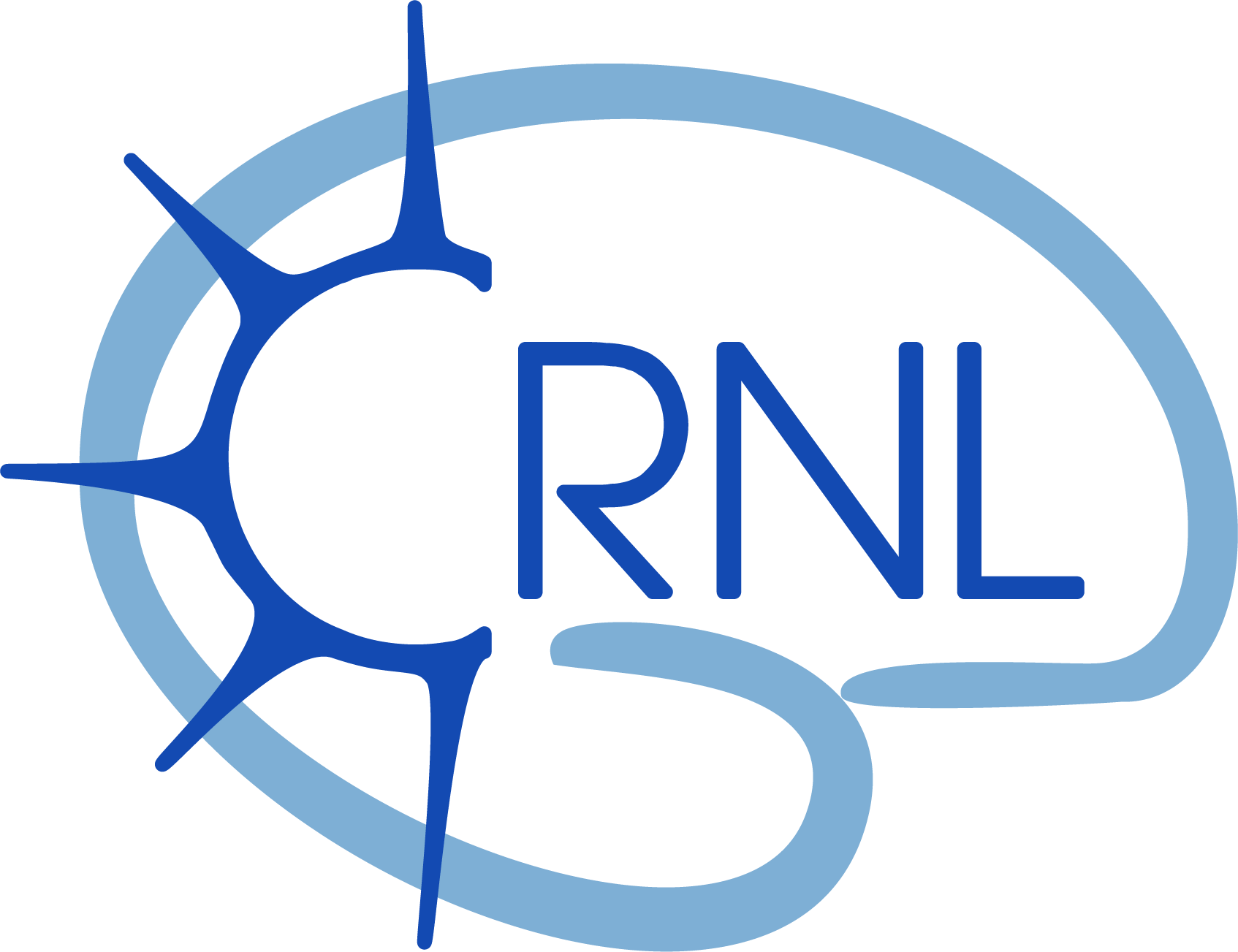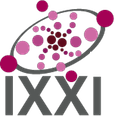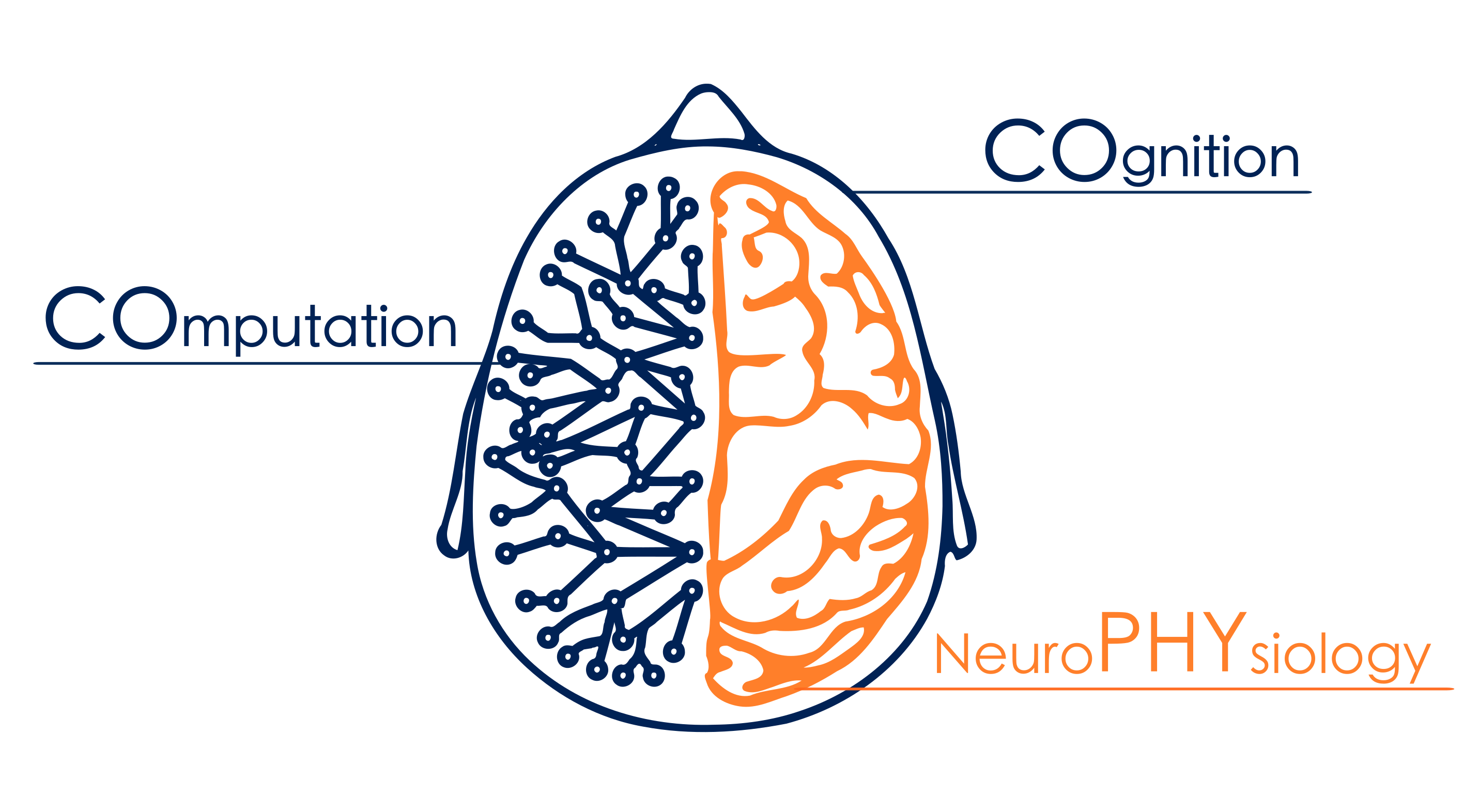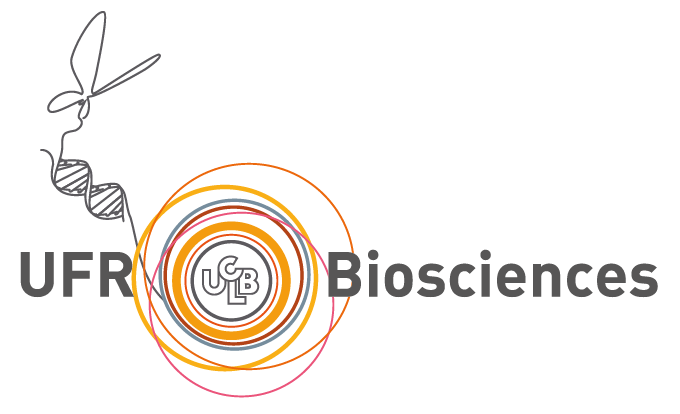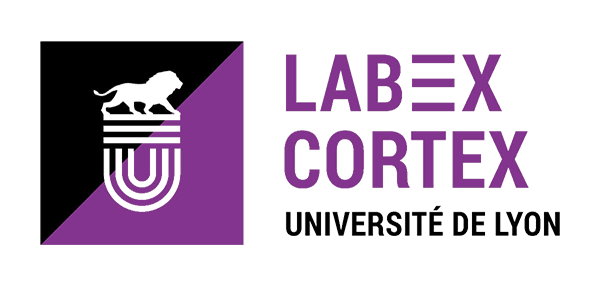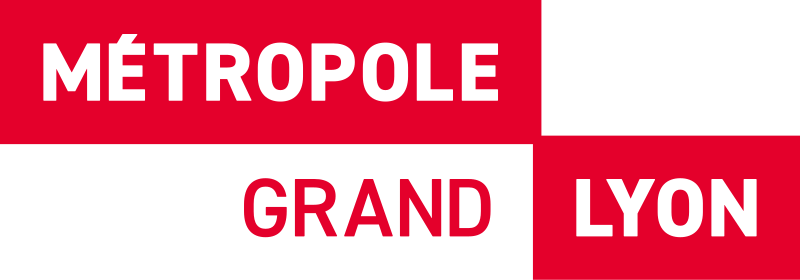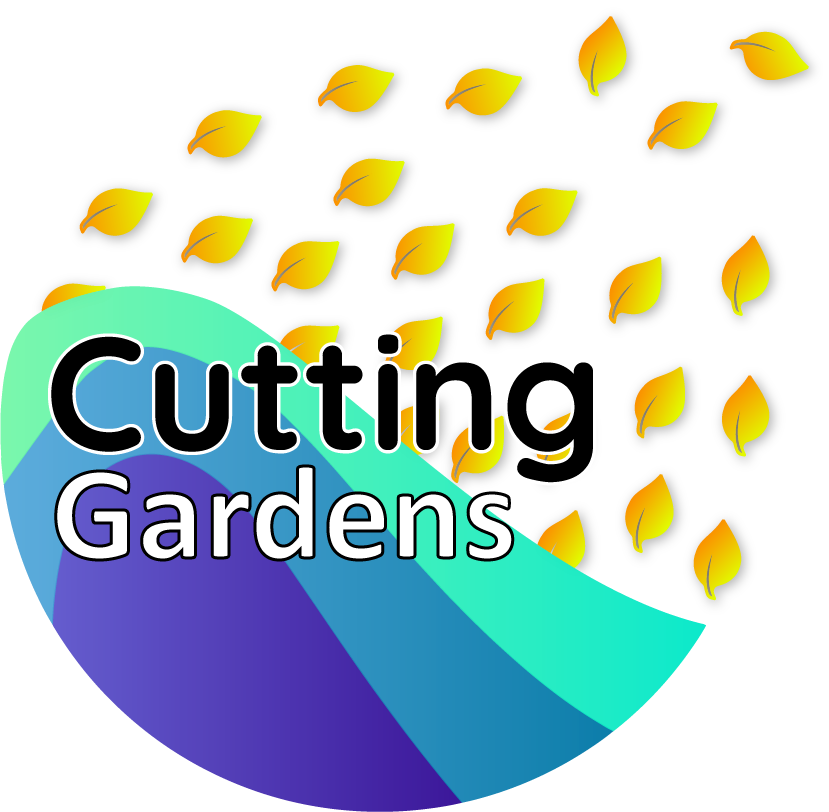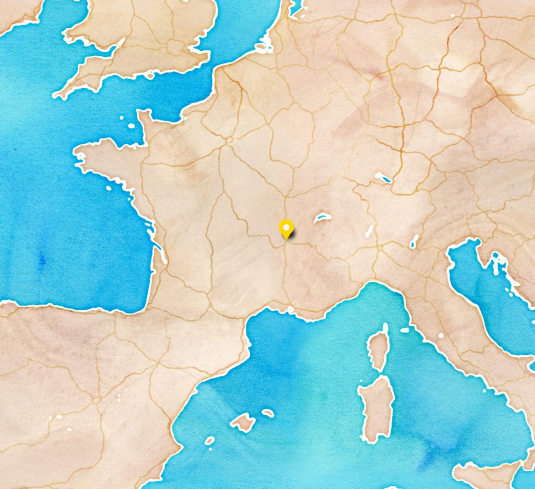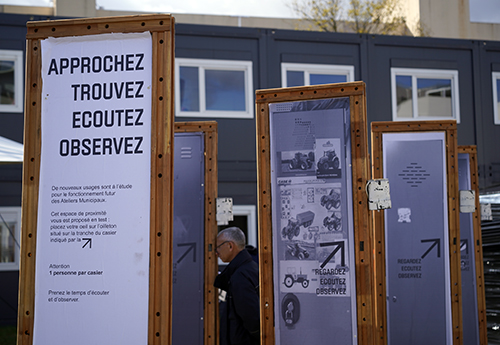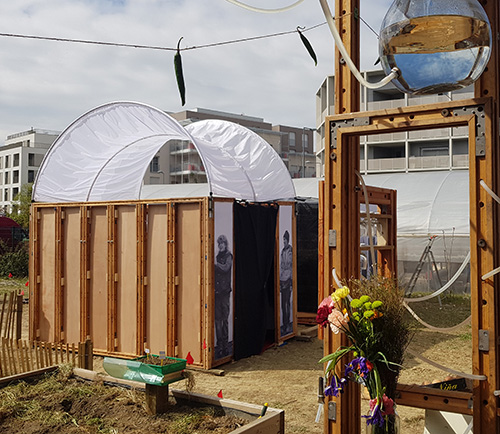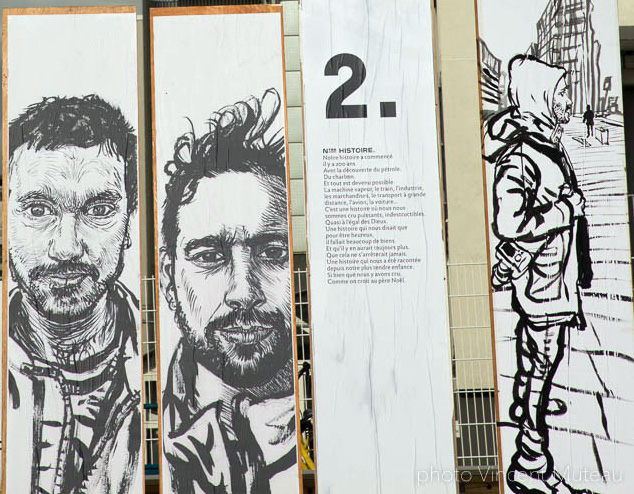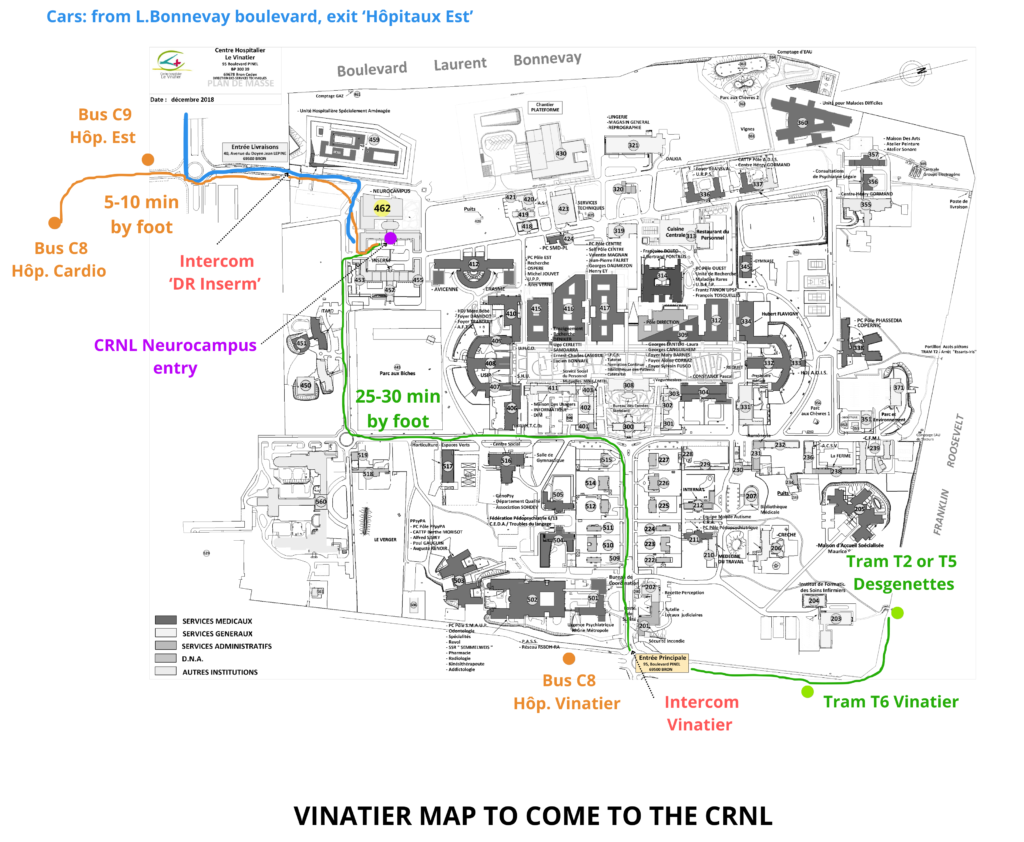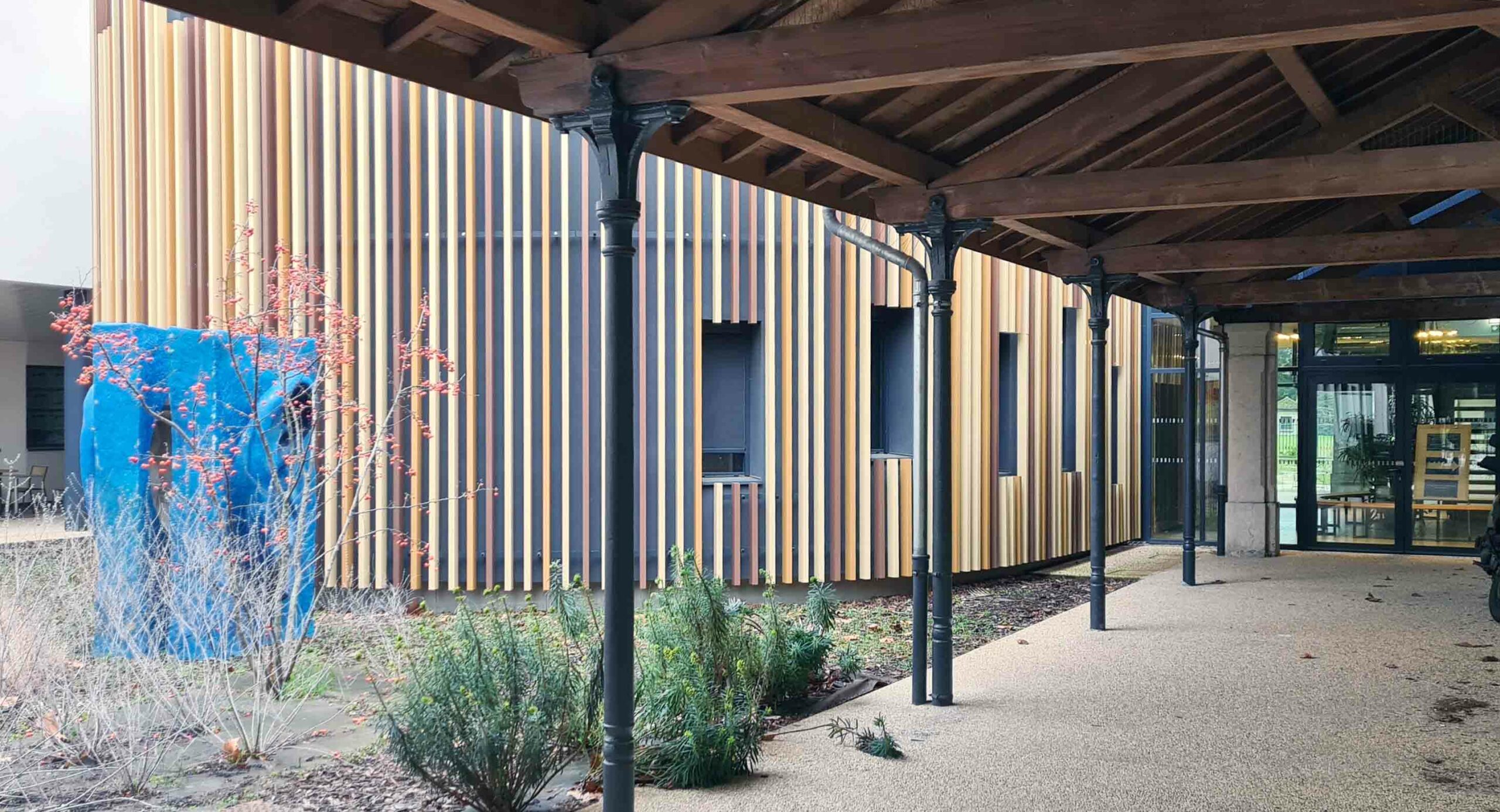Garden:
Lyon, France
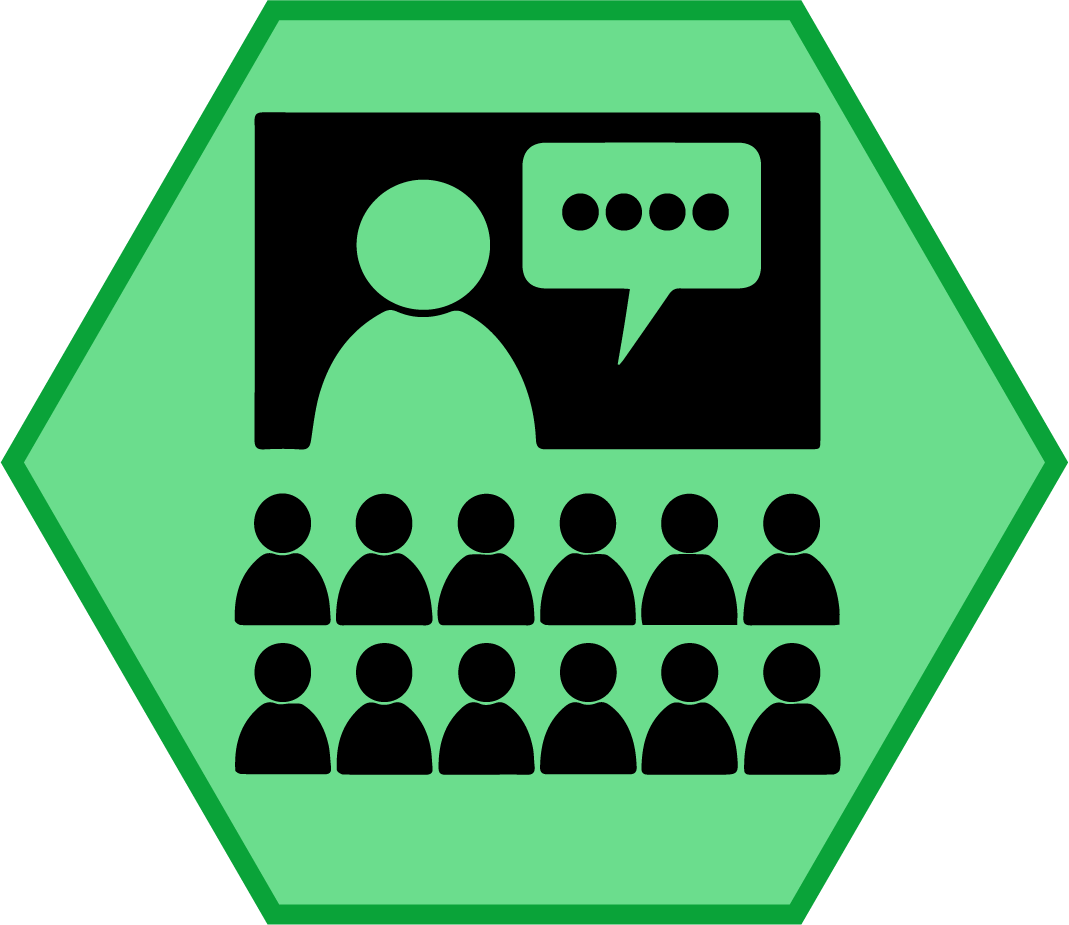
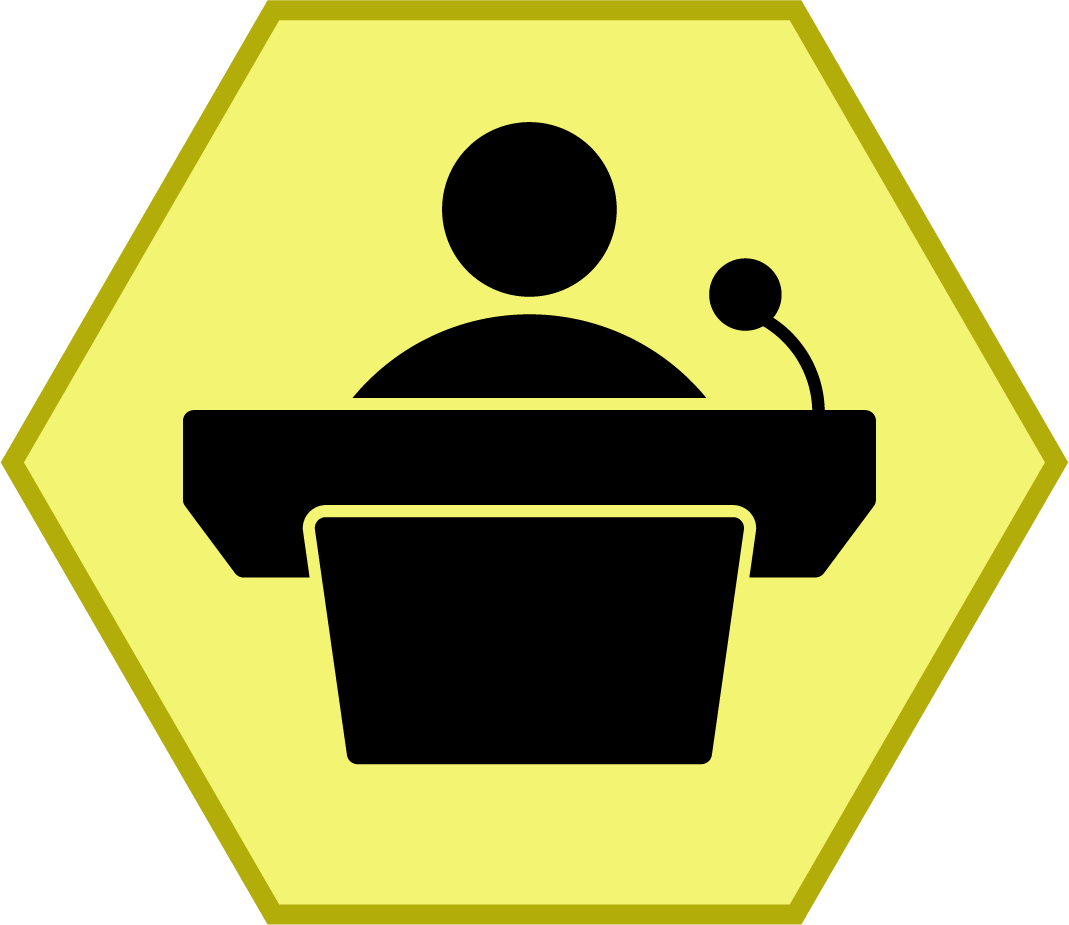
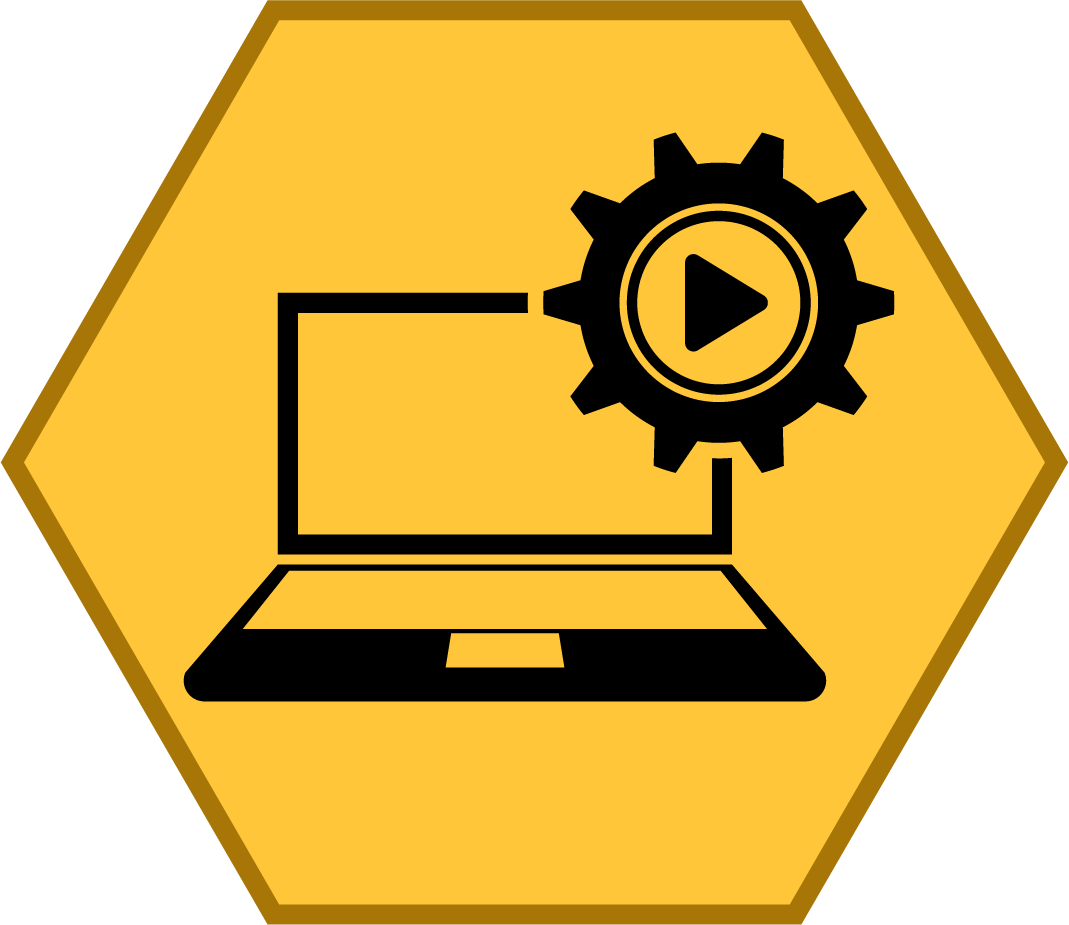
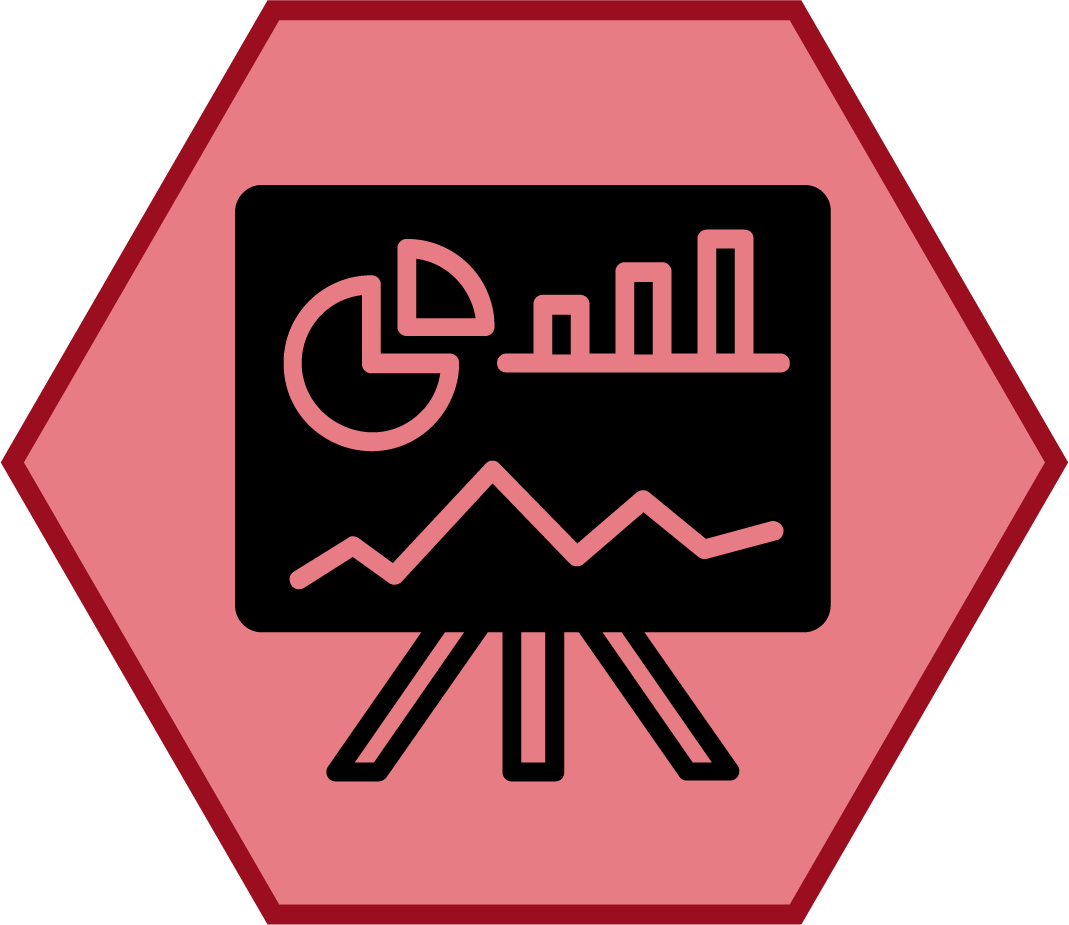
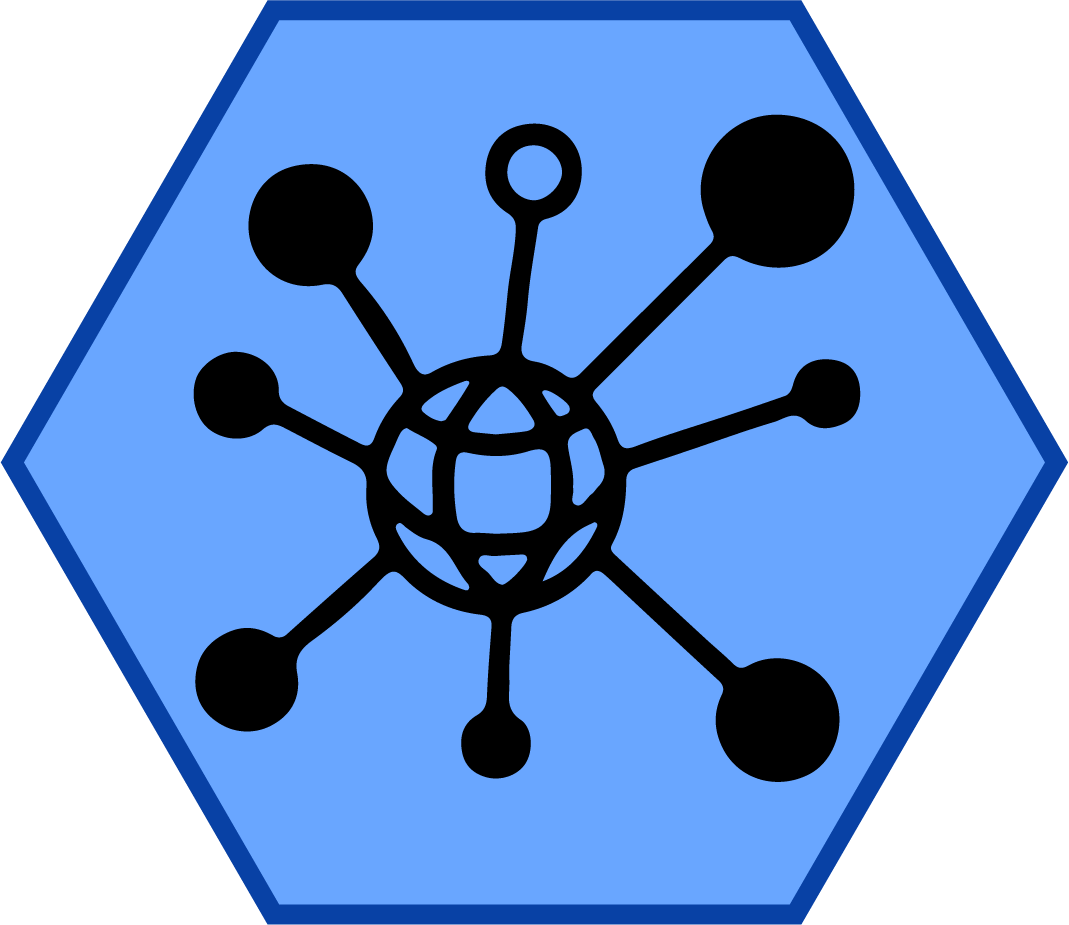
About
The Lyon Garden hosted by the Lyon Neuroscience Research Center (CRNL) is a full blown 5 days conference with:
- The global CuttingGardens program
- Poster sessions and demos (OPM, BCI)
- MNE decoding hands on tutorials
- Several casual moments
- A custom made art/science framework for a better event experience
The Lyon Garden is by far the best garden that can be found along the Rhône river!
Topics
#MEEG, #SEEG, #BCI, #OpenScience, #OPM, #Decoding, #Clinical applications, #Neural communication

Some Lecturers /Teachers
C.Tallon-Baudry – J.P.Lachaux – J.Vezoli – G.Barnes -M. de Lucia

Tutorials
Introduction to MNE-python and multivariate analyzes

Satellites
· A fith day dedicated to Sensorimotor brain rhythms: foundations and applications
· An Art/Science performance integrated to the whole program
Local Program
Registration
Venue
contact
Local program
Global - Plenary lecture
Local - Lectures
Local - Tutorials
Local - Social Events
Local - Food / Posters
Local - Satellite Event
Gender balance
There are 26 speakers/instructors in the garden, including 13 men and 13 women. BWN rating: 4 /5, within 2 standard deviations above base rate
Global Speaker on site
MONDAY 16th
08:30 – Badge pick-up, Breakfast
09:00 – Better Science
· Open science: a dynamic ecosystem – Gaëlle Leroux
· Ecological Emergency: What labs can(‘t) do – Maximilien Chaumon
10:00 – Break
10:15 – MEG OPM
· Opportunities for OPM neuroscience- Gareth Barnes
· The 4He-OPM: First neuroscience applications – Tjerk Gutteling
· Evidence of interictal spikes recording by Helium OPM validated by simultaneous intracerebral EEG – Christian Bénar
· Adopting OPMs for cognitive neuroimaging – Robert Oostenveld (Live from Nijmegen)
· Technical advancements in the OPMs – Niall Holmes (Live from Nijmegen)
13:00 – Lunchs and Demos (MEG, BCI)
14:30 – [Global] Theoretical advances in Cognitive Neuroscience made through MEEG
· The Gut-Brain-Consciousness Axis – Catherine Tallon-Baudry (present on site)
· Tracking Attentional Dynamics Across Vision, Working Memory, and Action – Freek Van Ede
· Emergence of language during early developement – Clément François (present on site)
17:30 – Welcome cocktail
TUESDAY 17th
08:30 – Breakfast
9:00 – Advanced Clinics
· Advanced toolbox for sEEG – Jean Philippe Lachaux
· Deep learning meth. for epileptic spike detection in MEG – Pauline Mouchès
· Autism ( dynamic models) – Francoise Lecaignard
Break
· EEG metrics to assess consciousness dynamics – Florent Gobert
· Comas (decoding, machine learning) – Marzia De Lucia
· Can BCI help consciousness disorders? – Perrine Séguin
12:30 – Lunchs, Posters and Flash talks
14:30 – [Global] Challenges / opportunites in RT EEG processing and classification tools in BCI
· Geometric Deep Learning meets BCI – Reinmar Kobler
· Facing the small data reality – Michael Tangermann
· Conducting BCI protocols with patients – Theresa Vaughan
WEDNESDAY 18th
08:30 – Breakfast
9:00 – MNE Tutorial 1
· MNE Introduction – Anne Cheylus
10:30 – Break
9:00 – MNE Tutorial 2
· MNE Decoding – Romain Quentin
·MNE Machine Learning – Pauline Mouches
10:30 – Lunch & Posters
14:30 – [Global] Reproducible processing pipelines and multiverses
· Reproducible processing pipelines and multiverses – Elena Cesnaite
· The Data-Processing Multiverse of Event-Related Potentials – Peter Clayson
· Agreed Reporting Template for EEG Methodology – International Standard – Anđela Šoškić
THURSDAY 19th
08:30 – Breakfast
9:00 – Neural Communication
· Modeling the complexity of brain oscillations – Matteo Di Volo
· Do travelling waves reflect predictive coding processes? – Andrea Alamia
Break
· Neural Dynamics and Cortical Hierarchy – Julien Vezoli
· Network communication based on nested rhythms –Mathilde Bonnefond
12:30 – Lunch & Posters
14:30 – [Global] Deep neural network (DNN) analysis of MEEG data
· Learning M/EEG representations with self-supervision – Hubert Banville
· Classic machine learning versus deep learning: is there a clear winner? – Maarten De Vos
· Using artificial DNN to predict and understand human vision – Radoslaw Martin Cichy
FRIDAY 20th - Sensorimotor brain rhythms: foundations and applications
08:30 – Breakfast
9:00 – Motor imagery – Aymeric Guillot
9:30 – Sensorimotor oscillations: relation to excitability and functional significance – Vadim Nikulin
10:00 – Towards a better understanding of ERD/ERS modulations in the context of BCI – Sebastien Rimbert
10:30 – Break
10:30 – Motor imagery-based BCIs for decoding and restoring the brain – Camille Jeunet & Emeline Pierrieau
11:30 – The AVANCER trial – Claudia Bigoni
12:30 – Lunch & Posters
14:00 – Distinct sources and roles of motor cortical low and high beta rhythms – Bjorg Kilavik
14:30 – Beta Bursts: detection and function – James Bonaiuto
15:00 – Break
15:30 – Decoding Beta Burts for BCI – Sotiris Papadopoulos
Cutting – KAPHARNAÜM
CuttingEEG beyond its usual borders with the power of the KOMPLEX KAPHARNAUM famous art company.
A 5 days art/science experience within the Lyon garden to reinvent scientific events. Yes indeed, you are a guinea pig!
Posters new-wave
CuttingEEG introduced a new framework for poster submissions. But context is as important. We’ll go further and improve the poster frames and display.
Inter-Actions
The most important aspect of in-person event is to be able to exchange among colleagues. Lunches, posters, breaks… all have been reevaluated to offer rich, fun and relaxed interactions.
Eco Friendly
Inspired by Labos 1point5 and CuttingEEG, many actions will be put in place to reduce the environemental impact an open participants mind to change their habits
A Social event
Whether you’re hidden or you’re seen, you’re part of the science machine. Let’s celebrate all contributions for the progress of science!
Food is Good
It is even better when it is locally hand made with fresh products. The way we eat as a group is also reinvented… it’s a surprise but let’s say that it won’t be like at SfN.
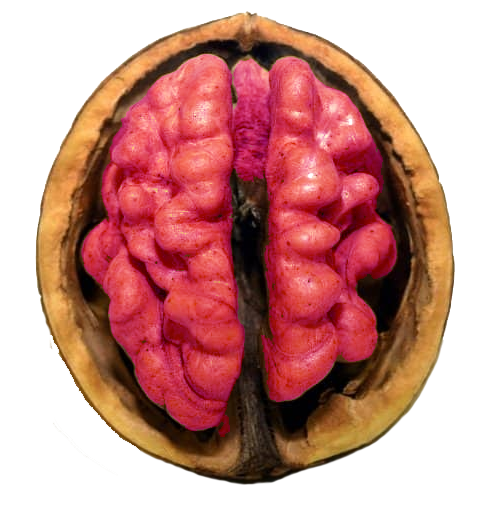
Mind breaker booth
Finally, goodies that won’t drive you nuts

Register for the Lyon Garden
Instructions
· The form is to attend the Lyon Garden only
1- It is mandatory to first become a member of CuttingEEG.
2- Register to the Garden: and indicade in the commentaries of the second page the CuttingEEG membership Transaction ID you received at the previous step.
3- To present a poster (following the categories introduced at CuttingEEG 2021) or attend the tutorial : check the boxes in the form.
The Lyon garden is full
Only the satelite on Friday has some few spot left
Poster instuctions
The poster format will be inovant (part of the art science performance). We will print and display the posters.
- Abstract submission deadline Sept. 8th. Max capacity reached we cannot accept new poster submissions
- Poster selection response and further instructions Sept. 22nd.
- You will provide the poster file by Oct. 6th and we will print it.
CNRS Notes
· To register it is NOT possible to pay by credit card with CNRS credits. Please select Bon de Commande instead.
· CuttingEEG membership fee can NOT be paid with CNRS credits. Please use another means.
Registration Fee
Several options incl. breakfasts, lunches and social events.
· Global 4 days: 250€ and 200€ for students
· Global + Satellite 5 days: 300€ and 250€ for students
· Friday Satellite 1 day: 75€ and 50€ for students
· Poster (to cover print cost): 25€
10% VAT will be added (but you should be able to get it back)
Venue – How to reach the Lyon Garden

Venue
The conference will be located at the Lyon Neuroscience Research Center (CRNL, google map) – Centre Hospitalier Le Vinatier, Bâtiment 462 Neurocampus Michel Jouvet, 95 boulevard Pinel, 69500 Bron
Finding the CNRL - Instructions
The CRNL is inside a huge hospital campus named ‘Le Vinatier’. You will have to use the intercom when you arrive on site (see picture below). Please make sure to allow enough time to cross the campus by foot.
You can reach the CRNL from Bus C9, Bus C8, Tram T2, Tram T6, Tram T5. An reach the venue as decribed in the map below.
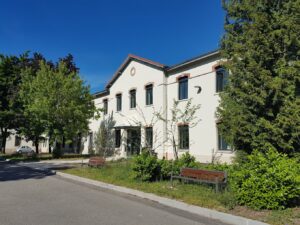
Coming to Lyon by TRAIN
With two train stations (Part-Dieu et Perrache) downtown and one train station outside the city (Lyon Saint Exupéry Airport), you will be sure to find your way in and out of the city. The TGV or fast speed train places Lyon at 2 hours from Paris (a train every 30 minutes), 3 hours from Lille, 1.40 hour from Marseille (22 round trips daily), 5 hours from London (by Eurostar) and
5.10 hours from Barcelone. The TGV also serves Chambéry, Annecy and Brussels as well as many other European cities…
Train tickets can be bought here :
Coming to Lyon by BUS
Slower but often cheaper, you can get to Lyon by bus using these companies :
Coming to Lyon by CAR
Another way, less ecological and more tiring though, is to get to Lyon by car. In that case, try
to share you vehicles with others and use your best apps or paper map to reach the city :).
Lyon is a highway hub connecting Paris, Turino, Marseille, Montpellier, etc.
Coming to Lyon by PLANE
Lyon has two airports: Lyon Saint-Exupéry International Airport and Lyon-Bron Business Airport. Shuttles or trains are connecting these airports with the city center.
Accommodation
We recommend you to find accommodation in the city center. The venue of the conference can be accessed by bus, metro or tramway (Tram T6, Metro D with some walk and bus C8 and C9 for the CRNL, bus C26 or C3 or metro A for the CCVA).
Contact the Lyon team
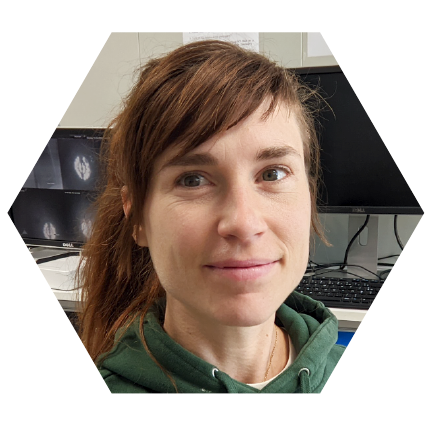
Alexandra Corneyllie
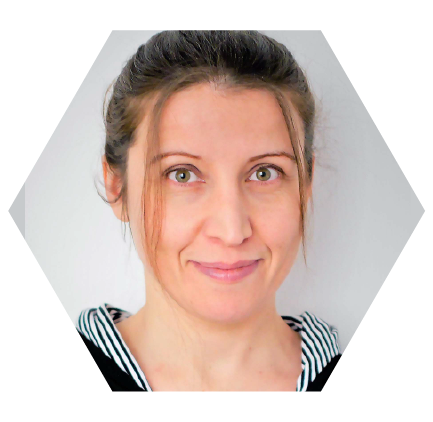
Mathilde Bonnefond
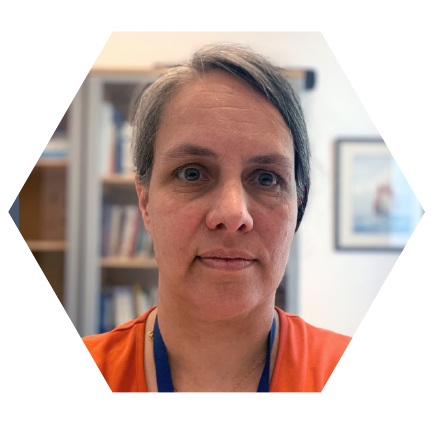
Anne Cheylus

Alexandra Fargeot

Nicolas Fourcaud-Trocmé

Francoise Lecaignard

Gaëlle Leroux
Fabien Perrin
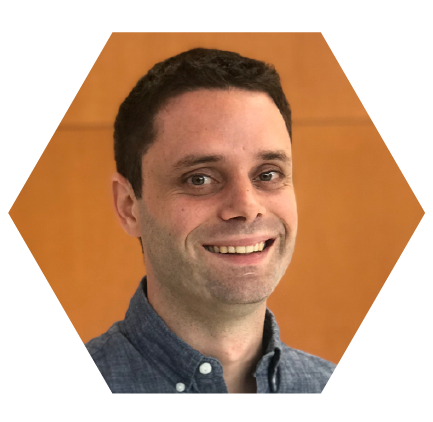
Romain Quentin

Jérémie Mattout

Florence Leger


